Relation between current in a conductor and time is shown in fig.

Write the expression of current in terms of time.
i=i0tt0
i=i0(1+tt0)
i=i0(tt0−1)
I=i0(1−tt0)
The correct Answer is:D
q=∫= area of given curve =12i0t0
ii0+tt01 or I=i0(1−tt0)
Heat =∫i2Rdt=∫t00i20R(1−tt0)2dt
H=i20R(1−tt0)33(−1t0)⎤⎥
⎥
⎥⎦t00orH=Rt0i203
Topper's Solved these Questions
- BOOK - CENGAGE PHYSICS ENGLISHCHAPTER - ELECTRIC CURRENT AND CIRCUITEXERCISE - Interger8videos
ELECTRIC CURRENT AND CIRCUIT
- BOOK - CENGAGE PHYSICS ENGLISHCHAPTER - ELECTRIC CURRENT AND CIRCUITEXERCISE - Multiple Correct16videos
ELECTRIC CURRENT AND CIRCUIT
- BOOK - CENGAGE PHYSICS ENGLISHCHAPTER - ELECTRIC CURRENT & CIRCUITSEXERCISE - Kirchhoff s law and simple circuits15videos
ELECTRIC CURRENT & CIRCUITS
- BOOK - CENGAGE PHYSICS ENGLISHCHAPTER - ELECTRIC FLUX AND GAUSS LAWEXERCISE - MCQ s38videos
ELECTRIC FLUX AND GAUSS LAW
Similar Questions
Relation between current in a conductor and time is shown in fig.

If the resistance of the conductor is R, then the total heat disspipated across resistance R isView SolutionRelation between current in a conductor and time is shown in fig.

Total charge flowing through the conductor isView SolutionFind the current in each resistor in the circuit as shown in fig.
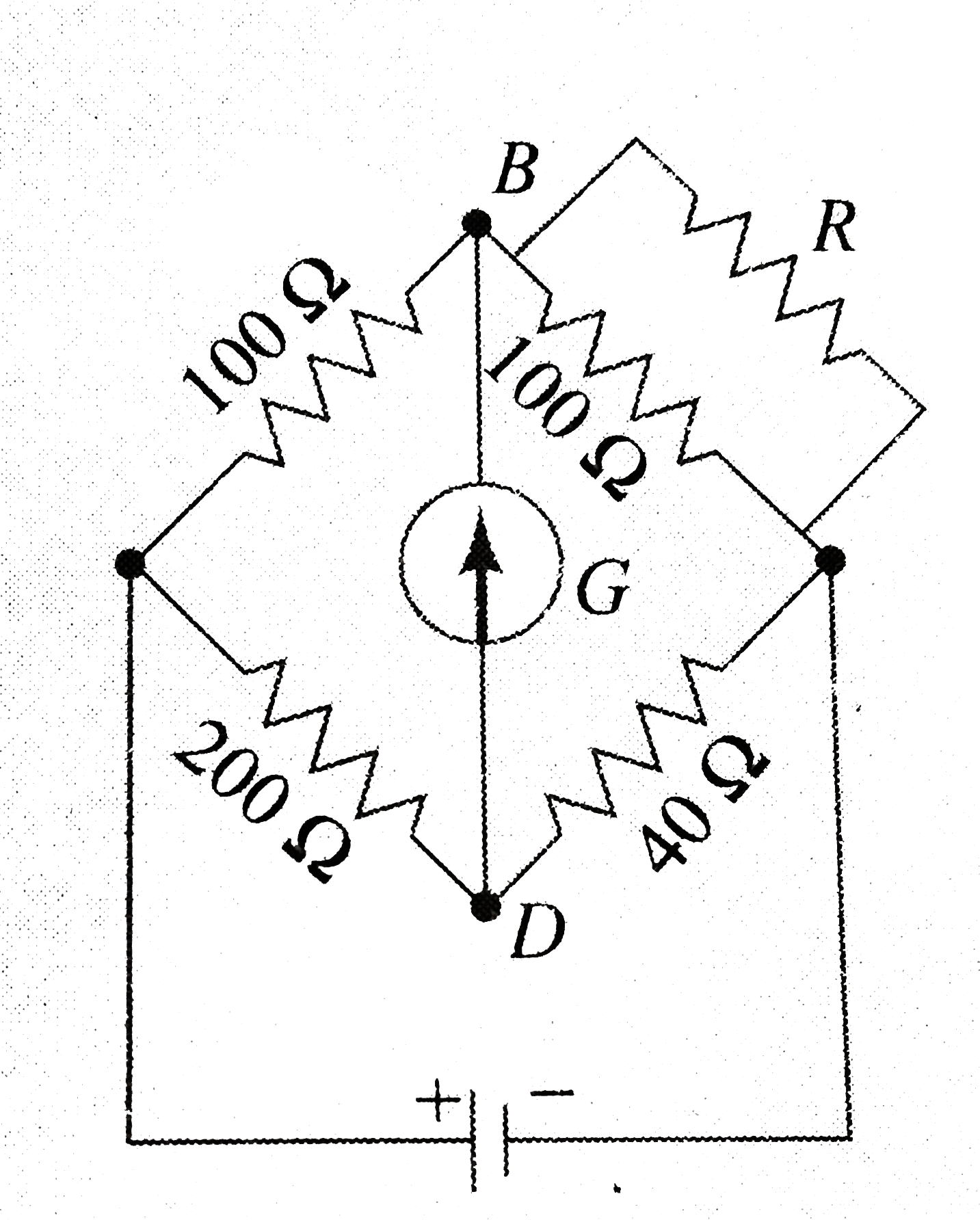 View Solution
View SolutionThe current .i. in the circuit as shown in fig. is
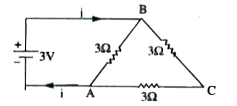 View Solution
View Solution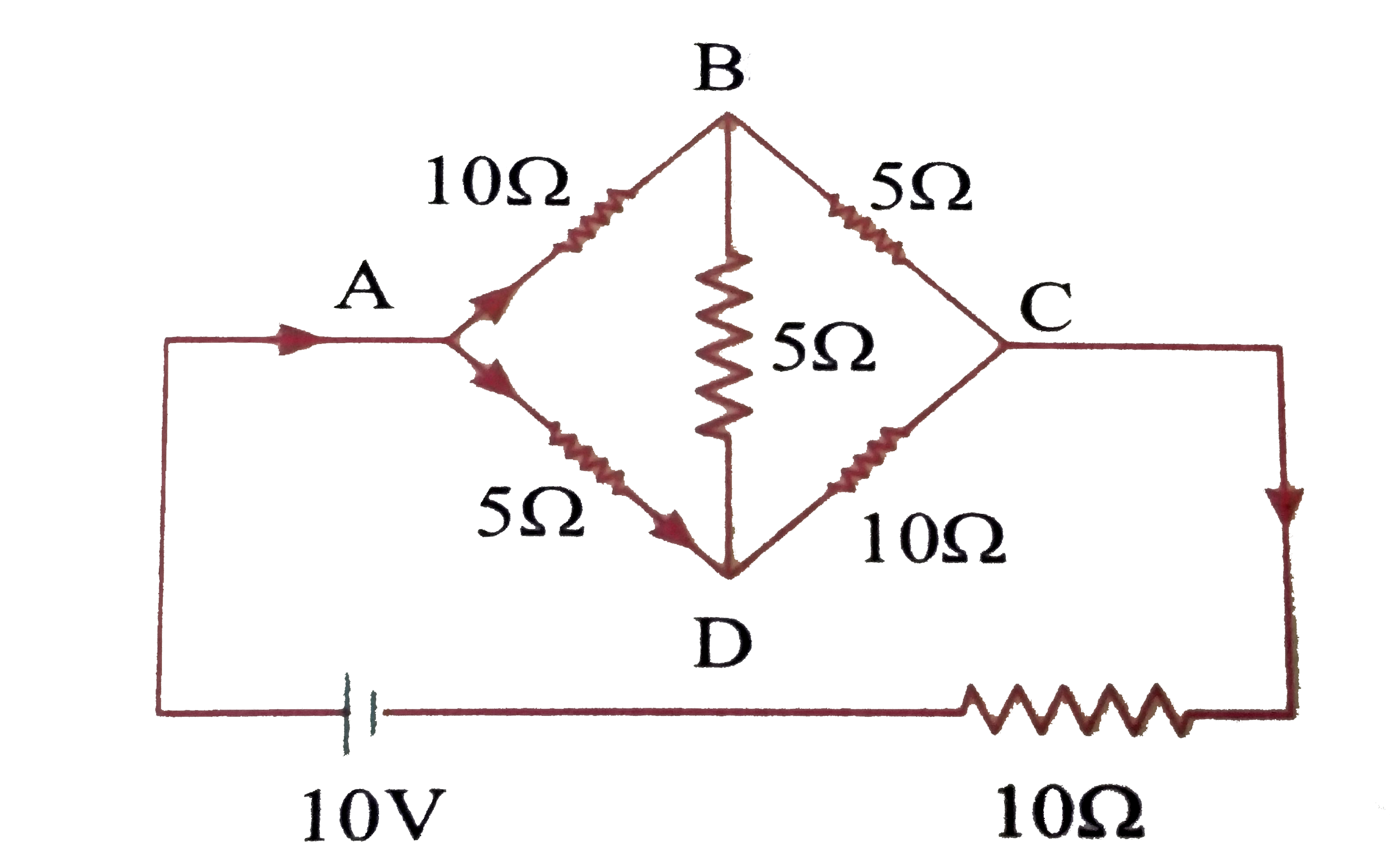
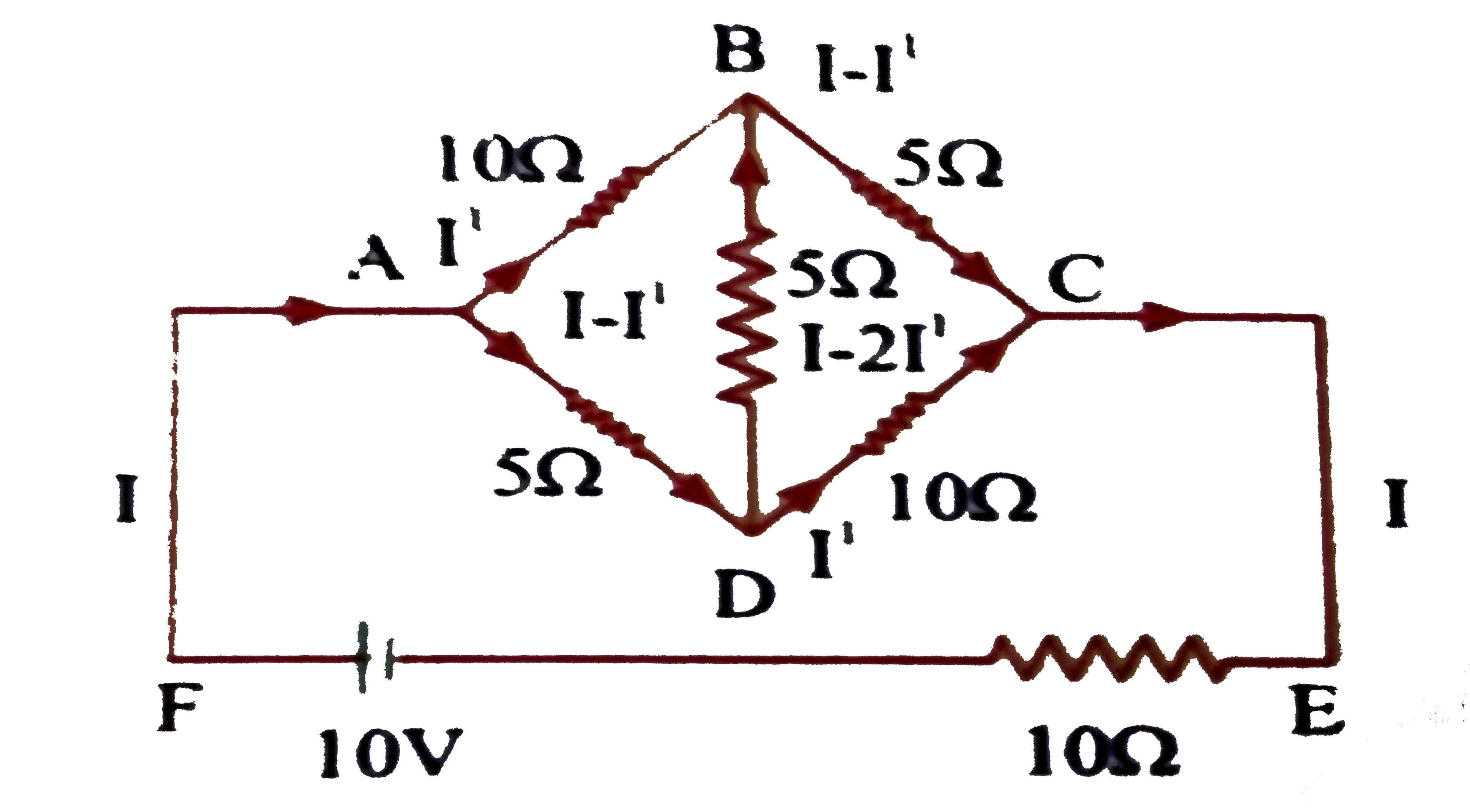
Determine the current in each branch of the network shown in fig.View SolutionA circular loop is placed near a current carrying conductor as shown in figure. Find the direction of induced current, if the current, in the wire is decreasing.
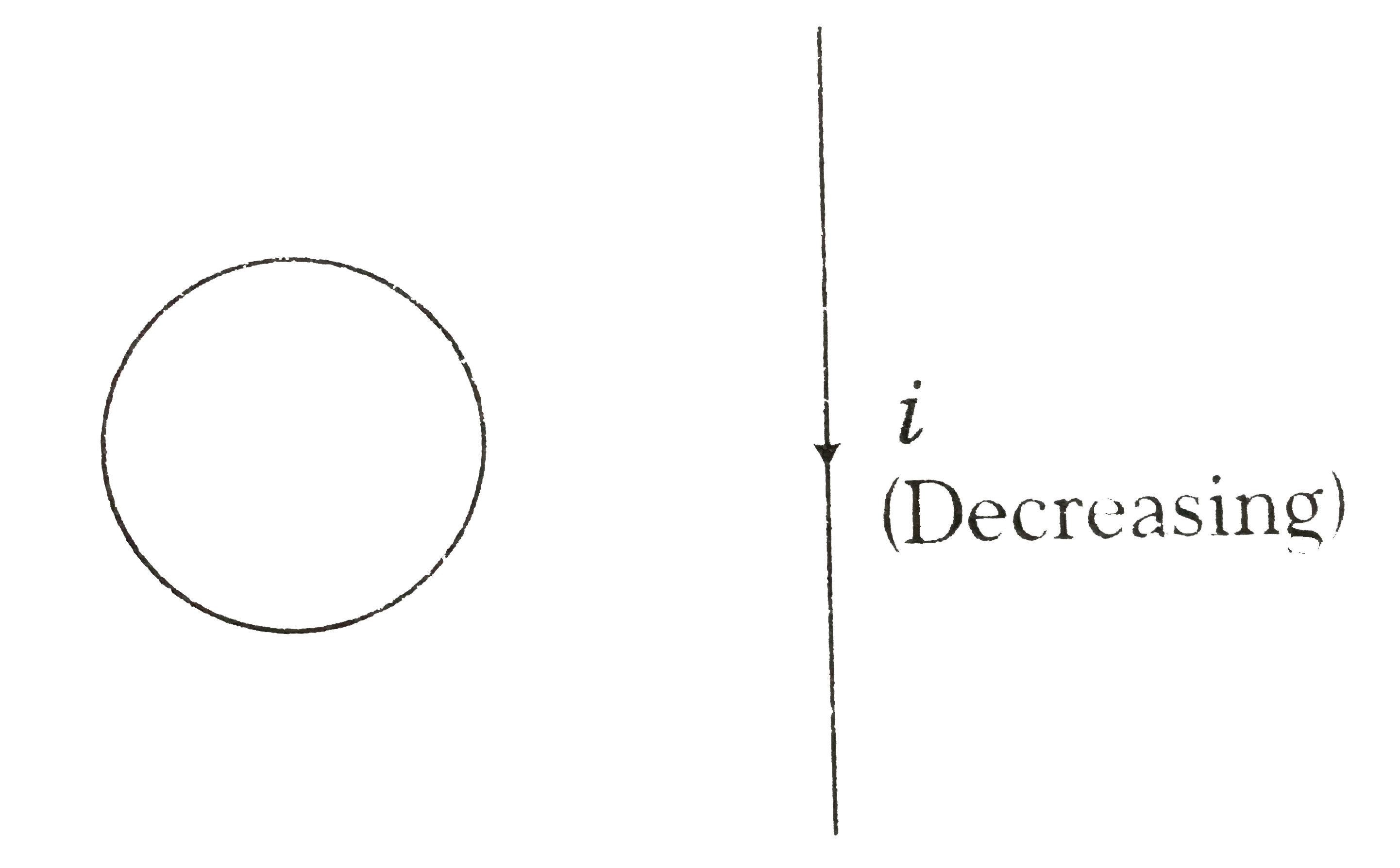 View Solution
View SolutionThe current in a certain circuit varies with time as shown in figure. Find the average current and the rms current in terms of I0
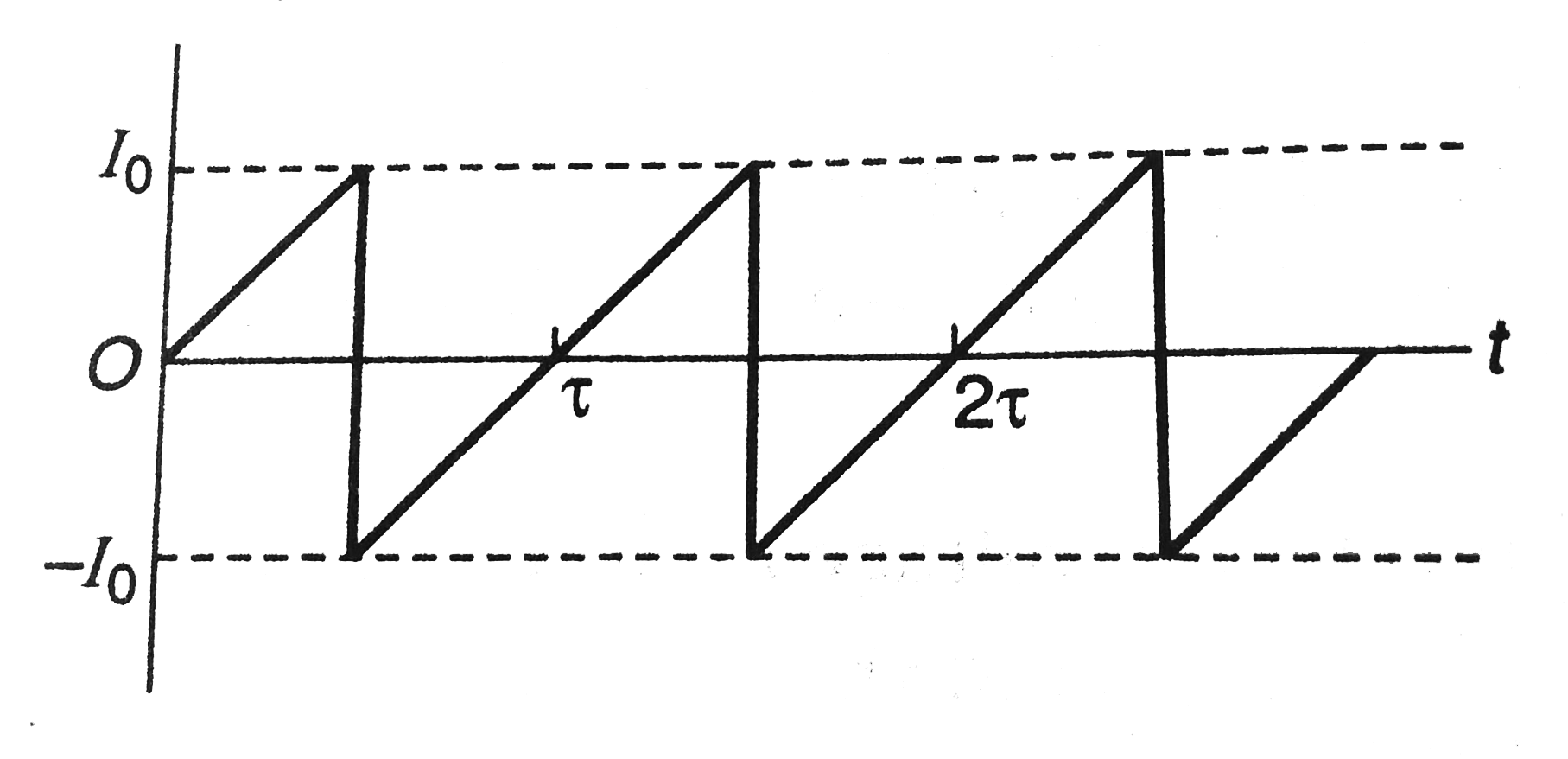 .View Solution
.View SolutionIn an electric circuit shown alongside, find
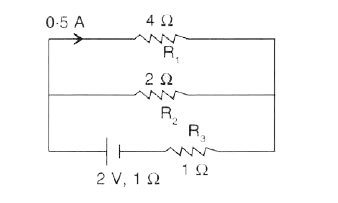
terminal voltage of the batteryView Solutionn electrons flow through a cross section of a conductor in time t. If charge on an electron is e, then write an expression for the current in the conductor.
View SolutionThe current I through a conductor varies with time t as shown in figure. The average electric current during t=0 to t=10 s will be
 View Solution
View Solution

